#mobula birostris
Text
Oceanic manta rays are the largest species of ray in the world, with a wingspan of up to 26 feet. Despite their immense size, they are completely harmless to divers - they have no barbs to speak of, unlike stingrays, and spend their time filtering the water for plankton with the help of their cephalic lobes (the big paddles on each side of their mouths). Socorran mantas have grown very used to divers, and often seek out our bubble curtains seemingly because they feel good and may help clear away parasites!
#manta#mobula birostris#endangered#dive footage#scuba#marine biology#marine bio#marine biology studyblr#marine bio studyblr#biology#zoology#marine life#animals#sea life#elasmobranchs#chondrichthyes#manta ray#socorro#mexico#cute animals
287 notes
·
View notes
Text
MANTA RAY (Mobula mobular, Mobula birostris)
Hello everynyan!
Enough joking around! Hello! I'm here officially with my first post and it's going to be about manta rays!! Just some info on them and some interesting facts + images (images from google because unfortunately i haven't gone diving with them just yet :/)
Here we go!
Today, we are going to talk about Giant oceanic manta ray, aka Mobula birostris!
They are the largest type of ray in the world! These beautiful creatures can reach over 7m in width and 9m in lenght! Manta rays reside in tropical/subtropical waters, far away from shore in open waters. They can live up to 40 years! In the age of 15 they reach maturity and reproduce every year. They breed from december to april. Females are fertilized internally and after they mated, they avoid other potentional partners.
They have so-called 'triangular pectoral fins' on each side of the body. They swim the same way birds fly, the beauty and grace more visible because of the water. They are often performing acrobatic twists and turns in the water. Its flexible body allows it to perform these acrobatics with ease and grace, making it a true sight to behold. They are really fast swimmers, they can go over 22 mph!
Now about these bad boyz' feeding system! They are planktivorous animals, which means they eat mostly plankton, cephalopods, crustaceans and small fish! Giant oceanic manta rays are important species who help maintain the oceanic ecosystem - similar to sharks! They have a unique filter-feeding system that allows it to capture large amounts of plankton and small fish in each feeding session. Its mouth is highly flexible and can open wide enough to take in huge volumes of water, and its gills are covered in numerous small teeth that trap the prey. They can consume up to 4.2 tons of food per day. Aren't they amazing??
They are very cool and smart! They have the biggest brain - body ratio of all animals! Manta rays are able to perform complex social behaviors, such as friendships, playing games and engaging in vocal communication!
The giant manta ray is also known for its amazing jumping abilities, sometimes jumping as high as 10 feet above the water's surface.
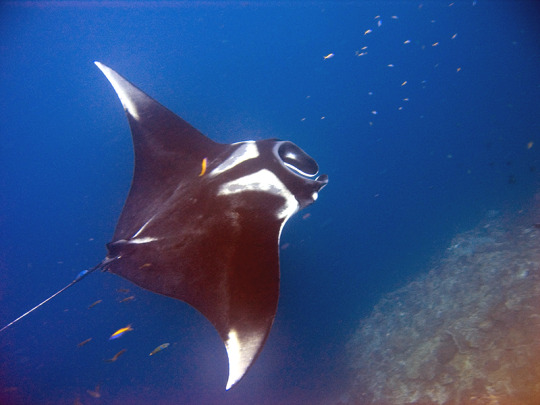



3 notes
·
View notes
Text
i want to pet a manta ray someday. they are very smart animals who dont usually see human divers as very threatening but they are very curious. there was a group of researchers who studied a big group of them. the researchers worked hard to help the manta rays when they had hooks and nets on them. the manta rays were very calm and gentle when the researchers helped them and some manta rays even swam towards them to receive help if they needed it.
this is the link to the article i read on manta rays: https://www.forbes.com/sites/melissacristinamarquez/2022/11/10/found-worlds-largest-population-of-giant-oceanic-manta-rays
1 note
·
View note
Text
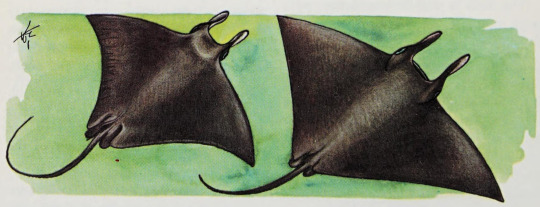
Giant devil ray (Mobula mobular), Giant manta ray (Mobula birostris)
Fishes of the World. Written by Hans Hvass. Illustrated by Wilhelm Eigener. Originally published in 1964.
Internet Archive
#marine life#fish#cartilaginous fish#rays#devil rays#giant devil ray#giant manta ray#Wilhelm Eigener
290 notes
·
View notes
Text

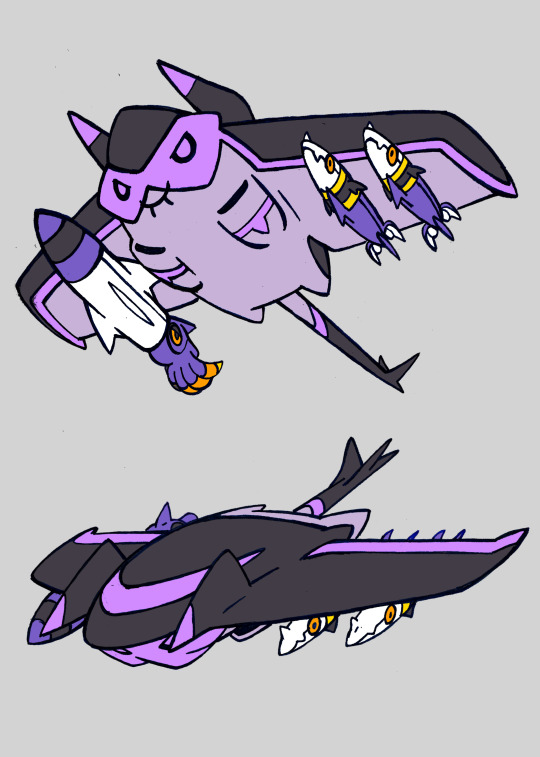
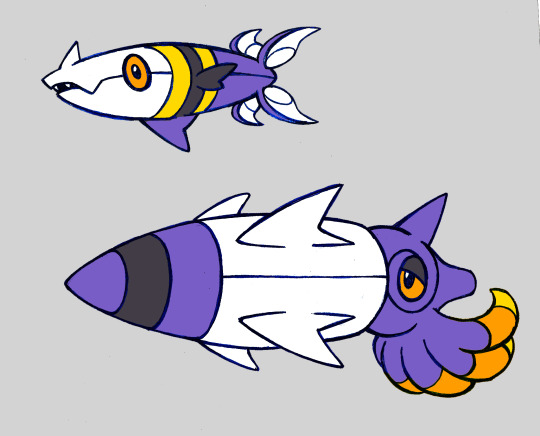
Kroelian MANTYKE & MANTINE (Steel/Flying) and Kroelian REMORAID & OCTILLERY (Steel/Water)
Kroelian MANTYKE is based on a Flying Saucer and the Atlantic Torpedo (Tetronarce nobiliana) and MANTINE is based on a Stealth Bomber and the Giant Oceanic Manta Ray (Mobula birostris). Their metallic bodies are not as flexible as their Jontho's counterpart, but it allows them to move faster and without making any noise, allowing them to ambush prey undetected.


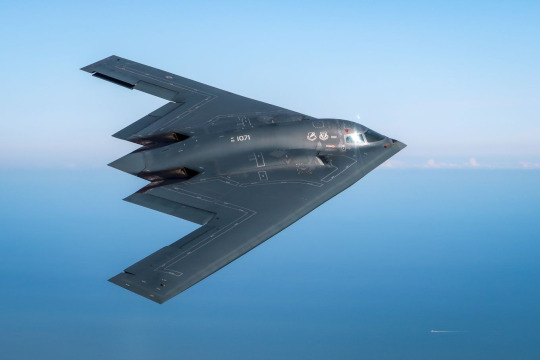

Kroelian REMORAID & OCTILLERY are based on Missiles and Torpedos. They have repurposed their "shooting" abilities and use them instead a "propulsion". They are able to launch themselves at their prey or predators, using their hard steel bodies to knock them out with the force of impact alone.
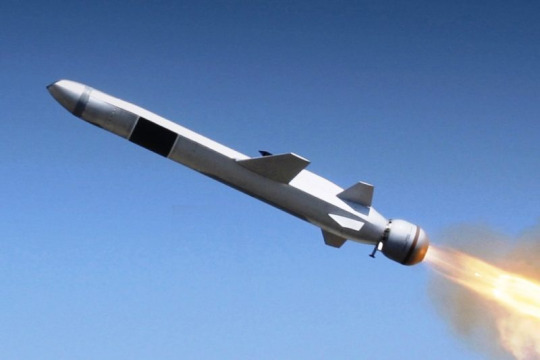

They have a more symbiotic relationship than their jonthonian counterparts, as they hunt together. MANTYKE/MANTINE gets them close to heir prey without detection,close enough for REMORAID/OCTILLERY to shoot themselves at them without missing or giving them a chance to escape. Wuth this strategy they are able to take down prey even larger than themselves.
#pokemon#fakemon#fake pokemon#pokemon variant#pokemon regional#regional pokemon#regional variation#regional form#mantyke#mantine#remoraid#octillery#steel type#steel pokemon#steel fakemon#flying type#flying pokemon#flying fakemon#water type#water pokemon#water fakemon
1K notes
·
View notes
Text

Giant oceanic manta ray (Mobula birostris)
By: R. & V. Taylor
From: The Complete Encyclopedia of the Animal World
1980
#manta ray#ray#cartilaginous fish#fish#1980#1980s#R. & V. Taylor#The Complete Encyclopedia of the Animal World (1980)
159 notes
·
View notes
Text

————————————————————–——–
Common name: Giant Oceanic Manta Ray
Scientific name: Manta Birostris
Diet: plankton, small fish
Genus: Mobula
Predators: large sharks, Orca Whales
Size: 30 ft
Lifespan: 40-45 years
Conservation status: threatened/endangered
Extra information: Manta Rays have a Mucusy film to protect themselves from bad bacteria.
Manta rays are filter feeders.
They need to keep moving to flow water through their gills.
They have the largest brain to body ratio if any living fish.
They have a wingspan up to 29 ft.
They are ovoviviparous (the eggs develop inside of them and they give birth to live young)
They give birth every 2 to 3 years.
Manta means blanket in Spanish, so their name is essentially ‘giant blanket ray’
They have unique spots and can be identified by their unique patterns.
The Giant Oceanic Manta Ray us one of two Manta Ray species, the other being the Reef Manta Ray.
They eat around 13% of their weight I plankton per week.
Manta rays reach sexual maturity around 8-10 years old, and can have young for about 30 years.
A group of Manta rays is called a fever.



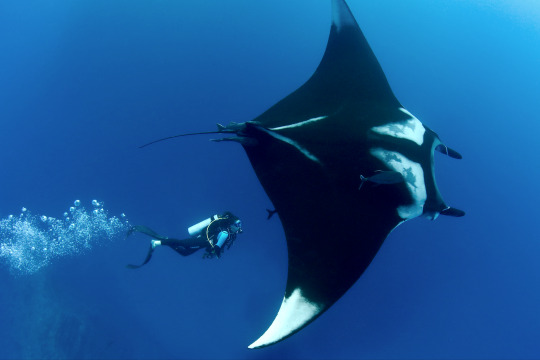

#marine biology#fish#fish facts#sea#marine life#sea creatures#fishfact#marine animals#manta rays#giant oceanic manta rays#Flat Fish Friday
21 notes
·
View notes
Text
Facts of the Day: 🌊Giant Manta Rays🌊
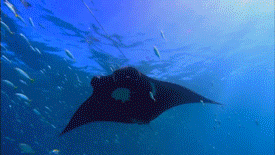
Scientific Name: Mobula birostris
Wingspan: Average of 22 feet, largest on record was 29.5 feet
Weight: Average weight of 4,000 lbs, largest on record was 5,000 lbs
Lifespan: About 40 years old
Reproduction: They are ovoviviparous, birthing one pup every four years. These pups can reach 50 inches across and 20 lbs when born.
Diet: Primarily plankton, shrimp, and small to moderately sized fish
Habitat: Worldwide in tropical, subtropical, and temperate bodies of water
Status: Endangered
Summary: Giant Manta Rays are the largest rays in the ocean, however unlike some species of ray, are completely harmless to humans. They lack a stinger and due to being filter feeders, have 300 tiny teeth that aren’t even sharp enough to penetrate human skin. Even though these rays can easily reach two tons, they can be spotted leaping out of the water up to three feet. They are also migratory and while for the most part solitary, they can be spotted gathering in congregations to feed and mate, often putting on spectacular displays of breeching, individuals leaping out of the water one after the other. Scientists are unsure what promotes this behavior but it is believed to be in part to attract a mate.

#baby shark bites!#number one way to get me to like a sea creature#make it exceptionally lorge#sfw age regression#sfw regression#sfw agere#sfw age regressor#sfw petre#sfw pet regression#sfw pet regressor#Age Regression#Agere#age regressor#petre#pet regression#pet regressor#shark regression#shark regressor#shark agere#manta ray#giant manta ray#giant oceanic manta ray
54 notes
·
View notes
Text

Terrestrial breathing problem solved with ooze version 204
At risk of small hands due to lack of limbs
Splice manta(??) with sting ray (can't read the rest)
Mobula birostris
Names
Manray
Rayxu
RAYmund
rayMANd
(cool S) sting
Blaze fillet
Leatherhead, Bebop, Rocksteady,
26 notes
·
View notes
Text
BIG FUCKING FISH !!!!!!!!!!!!!!!!!!
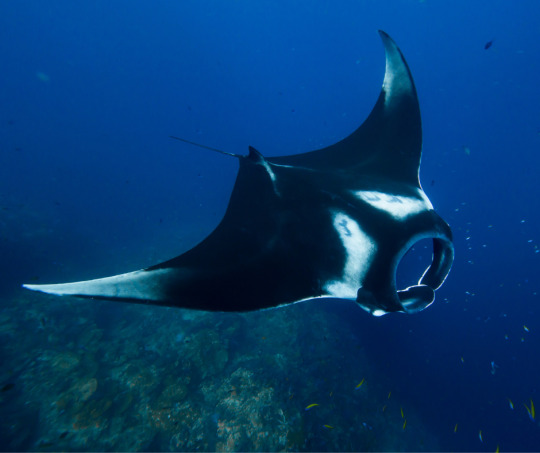
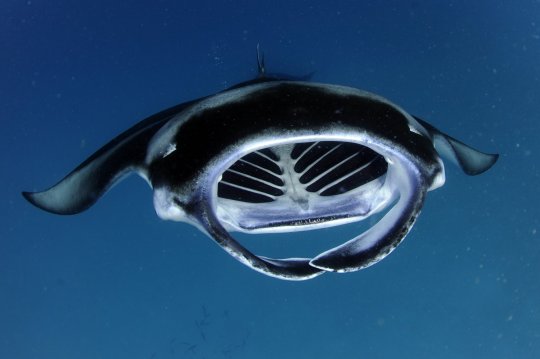


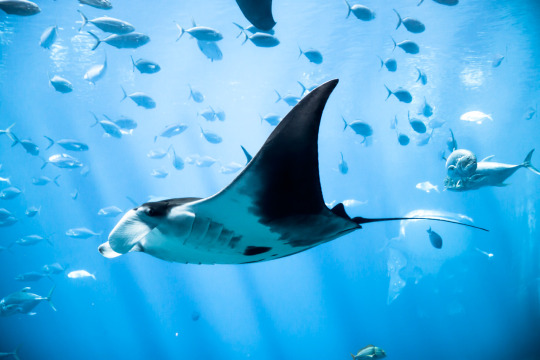

giant oceanic manta ray - mobula birostris <3
#marine biology#manta ray#giant oceanic manta ray#big fucking fish#i was so careful checking the biological markers#mobula alfredi you will have your day dw ily#fishposting
19 notes
·
View notes
Text
Manta-Bae Masterpost
Be that bae the manta way 🌊

Manta-baes are species of anthropomorphic manta rays! They can prevail in both aquatic and terrestrial realms. They also have a tiny cute manta-baby form!!!
It’s an open species!!! Designs are very flexible!!! Make your own manta-baes and manta-babies!!!! Join the squadron!
MANTA FACT: A group of manta rays is called a squadron!

Links
(click on underscored text!)
Read below the cut to see traits and examples!
Manta-Bae Rules — Be kind! Make a splash!
Manta-Bae FAQ — Common questions about the species are answered here!
F2U Bases / Manta Base Database [soon] — Don’t want to draw your manta-bae from scratch? Snag free bases here! (Picrew soon when I feel like it)
Masterlist / MantaList [soon] — The species’ masterlist, or more properly named the MantaList is a place where you can find approved manta-baes! Approval is entirely optional! You can submit your manta-bae to be showcased in the MantaList by filling this form.
ToyHouse World / The Manta Bay [soon] — Join the squadron of manta-baes and submit your manta-baes here!
Discord / D’Manta Bay [soon] — Interact with the manta-bae community! Chat! Share art! Share manta-baes! Share adopts! Be silly! MANTA-MOJIS?! NO WAY!!!

• Basic Traits
Manta-Bae
This is the form a manta-bae could poof into once they mature into an adult! You can freely adopt ANY other trait into your manta-bae character beyond the specified basics below! Go crazy with markings and colors!

Anatomy — Manta-baes stand upright on two legs, with a human-like body structure. Their heights ranges from 100-230cm tall! Their arms are imbued within their fins, resembling the wings of a manta ray. This unique feature of theirs is called a mantle. Their mantles usually start around the sides of their head to the upper sides of their neck and diverges from their humanoid forms around their shoulder blades and armpits. They have tails that begin at the end of their mantles. On top of that, they have cephalic fins around their face or mouth and can be upright or droop downwards. Their skin has a sleek, glistening texture to aid in swimming. Nubby feet are not necessary!
Coating — A coating of slime or mucus on their skin is optional. It makes them slippery and is especially convenient for manta-baes who find themselves spending more time underwater. A manta-bae’s slime coating is much more resistant to oils than real life manta rays, so it’s fine to be touched by anyone of any skin!
MANTA FACT: The mucus coating in real life manta rays protects them by repelling bacteria. Oils from your hand could harm this mucous coating and make the manta rays more susceptible to infections or the rapid peeling of skin. So, hands off the rays!
Manta-Baby
All manta-baes have a manta-baby form but not all manta-babies have a manta-bae form. This is the form manta-baes assume before maturity. Basically a mini manta-bae. When mature, they can choose to poof into this form whenever they feel like it. You can freely adopt ANY other trait into your manta-baby character beyond the specified basics below! Go crazy with markings and colors!

Anatomy — Manta-babies, as the name suggests, is a manta-bae in baby form. I personally call it the pancake form. These forms resemble real-life manta rays but are more reminiscent of plushie manta rays than their actual living counterparts. Their disc length (this refers to the length between their mouth and the base of their tail) ranges from 10-30cm.
MANTA FACT: Rays in real life can range from 60cm (Mobula diabolis) to 700cm (Manta birostris) wide. Big girls!!!
Coating — All manta-babies possess a coating of slime in this form whether or not their manta-bae forms have it too or not.

• Example Manta-Baes
I present to you, the first manta-bae and debatably the species’ mascot: Nautica (they/she)!

By @anonymocha /// You can ask them silly questions or just ask stuff about the species here! I am well aware about how they look like a rabbid.
Lemon (they/them)

By @skal98k /// “THEY ARE THERE” -Skal
Eva (she/her) :3

By @anonymocha /// She is an established character who I turned into a manta-bae.
More will be added soon once I return to the sea to catch them :3

Thanks for reading! 🌊 Have a question or just want to chat? Contact me at @anonymocha here or Discord! You can also ask Nautica!
8 notes
·
View notes
Text
🌑 Black beauty! This manta is an example of the uncommon melanistic manta - a color mutation that results in more dark pigmentation than normal (like the opposite of albinism, which is a lack of pigmentation!) It lacks the white chevron on its back and white belly, making it truly striking.
#manta#melanism#socorro#marine biology#chondrichthyes#elasmos#mobula birostris#marine bio#marine biology studyblr#marine bio studyblr#biology#zoology#marine life#animals#sea life#ocean life#ocean#scuba#scuba diving
103 notes
·
View notes
Text
Manta ray in the Maldives!
Manta rays are large rays belonging to the genus Mobula. The larger species, M. birostris, reaches 7 m in width, while the smaller, M. alfredi, reaches 5.5 m. Both have triangular pectoral fins, horn-shaped cephalic fins and large, forward-facing mouths. Generally, there are two distinct manta ray seasons in the Maldives. From May to October, reef manta rays are found across the eastern side of atolls and from November to April, they're sighted on the western side of atolls.
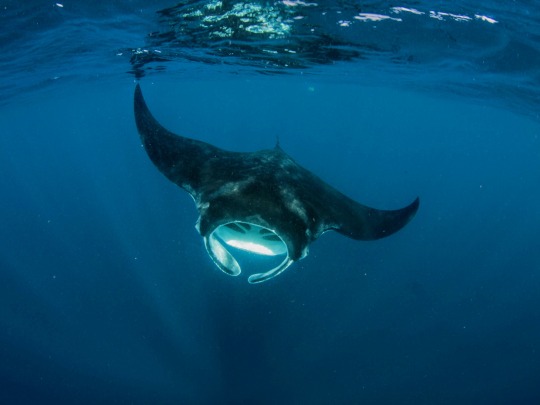
#manta ray#mantaraywatching#marine biology#tritonmaldives#tritonhotelsandtours#tritonprestigeseaviewandspa#tritonbeachhotelandspa#stingraybeachinn#maldives#maafushi#localisland#beachhotel#indianocean#excursions#snorkeling#sharkbaytrip#whalesharkexpedition#halfdaytour#fulldaytour#floatingbreakfast#beachdinner#surfing#fishing#scubadiving#parasailing#ocean#beach#island#sunnysideoflife#paradiseonearth
2 notes
·
View notes
Text

Mobula Birostris, the Giant Oceanic Manta Ray
They have wingspans reaching up to 29 feet (8.8 meters) in length, which makes them the largest known ray in our ocean. Not only are they the largest in the field of rays, but they have the largest brain-to-body-weight ratio of any other fish! They generally inhabit tropical and subtropical waters, but they can also be found in temperate waters! While they normally only feed around 33 feet (10 meters) below surface-level, these rays are capable of diving more than 3,280 feet (1,000 meters) into the water. This means their body can withstand more than 101atm of pressure, which is equivalent to 10,233,825(ten million two-hundred thirty-three thousand eight-hundred twenty-five) pascals*. For comparison, your average human can only withstand about 6,300 pascals. On the topic of the sturdiness of these rays, it should be mentioned they are almost completely harmless. They, while having the long tail most will associate with sting rays’ best defense mechanism, lack the barbs within said tail that cause damage. They do have an estimated 300 little teeth as well, yet these teeth are not quite sharp enough to penetrate skin. Oceanic Manta Rays are very docile, in fact! They’re intelligent creatures who will allow humans to approach if not threatened, and they will swim away in the case they do feel threatened (typically at a speed around 24 km/h); However, it’s probably not the best to pet a wild ray just because it’s more than likely friendly. They are coated in a protective mucous film, similarly to slugs and snails, that protects them from threats to their immune system. Touching them could put their health at risk, if you remove this mucous! They actually do have an oddly particular way of survival when it comes to how they process oxygen. In short terms, a manta ray cannot stop swimming without suffocating. As they swim, water is pushed over their gills from the motions of moving forward; Which means that remaining stagnant will not allow them to efficiently intake the oxygen they need to survive. Even if this way of living seems tiring, these beautiful creatures (to our knowledge) don’t sleep at all! I also want to mention their diet only consists of small organisms such as planktonic organisms, copepods, and mysids, but they can also consume smaller fish if they’re in the marker for some. This kind of diet makes them a “filter feeder”, which mainly just means they have an expert way if straining suspended matter and/or food particles from the water for consumption. Another thing I would like to mention are those little fish you will often see on not only Gigantic Oceanic Manta Rays, but other big fish like sharks and whales:
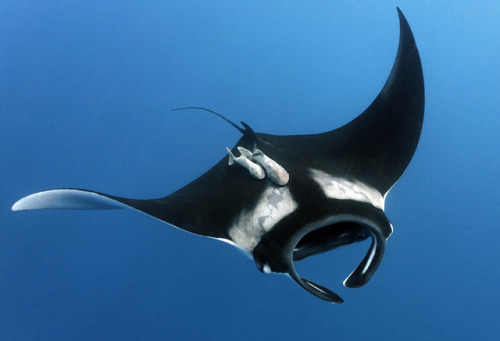

These are Remoras, eight species of suckerfish! Remoras and rays have a mutualistic relationship, meaning both species benefit from one another. Remoras get a safe ride with ample feeding opportunities, and the rays get a free spa-day that rids them of potentially harmful parasites and bacteria! These little guys have even evolved to so specifically ensure they do not cause their host to exert excess energy to carry them along, making their dynamic perfectly harmonious.
* Pascals are a unit of measurement used for the pressure or stress present. One pascal is equal to one newton of force applied across one square meter of area.
#autism posting#manta ray#manta rays#marine biology#fish#autism#infodump#oceanic manta ray#gigantic oceanic manta ray#this is messy#i just wanted to talk about the autism creature of my choosing
22 notes
·
View notes
Text
♡masterlist♡
bittersweet - straw hats crew x f!reader [angst]
In your last moments, your crewmates reflect on their time with you before saying goodbye.
the best medicine - multiple BNHA characters [fluff]
includes Bakugou Katsuki, Todoroki Shoto, Midoriya Izuku and Shinsou Hitoshi
Your boyfriend finds out you’ve gotten sick with covid-19.
mobula birostris - Bakugou Katsuki [fluff, crack]
Dynamight is in a prickly situation and he doesn’t want you, some extra, to help.
untitled - various x reader [fluff]
Includes One Piece, Boku No Hero Academia, Jujutsu Kaisen, Obey Me!, Haikyuu!!, Genshin Impact, Katekyo Hitman Reborn!, Shingeki No Kyojin, Kuroko No Basket, Naruto
Jealousy is something he's known all his life, right until he met you.
broken fantasy - suna rintaro x reader [angst]
He's always envisioned how you'd look after he proposed to you, reality is more than he thought he could handle.
© 2023 loveliest-venus — ALL RIGHTS RESERVED. Please do NOT repost, translate, modify, use for AI or claim my content as yours.
2 notes
·
View notes
Text
Mantine Analysis
As with its younger form, Mantine is based on the various species of manta ray. They are noted to be peaceful pokemon, to both humans and their fellows. They are described as eating whatever swims into their mouths in Crystal, but otherwise no prey or elaborate hunting is specified. The tranquility of Mantine leads to their use by humanity, with various tours being conducted to see them breach, similar to whale-watching. In Alola, trained Mantine provide a surfing service for those who wish to travel between the islands, and for people who wish to surf as a sport. Mantine Surfing revolves around riding/balancing on the back of the Mantine, and working as one to avoid obstacles and do tricks. These tricks rely on Mantine’s ability to break over a 100 meters in the air, though studies have shown this number is often exaggerated for business purposes.
The acrobatic ability of Mantine, of course, is the most well known fact about them. There is evidence that Mantine squadrons (which often max out at 50) will have races of their own when they are congregated. However, the life of the solitary* Mantine is less documented, though their hunting habits stay the same. It is thought that they only school naturally in times of rich food or mating, but the popular tours can lead to Mantine staying in the area due to the richer food supply. The reason for my asterisk on solitary is because Mantine are rarely truly alone. For all Remoraid share a symbiotic relationship with the Mantine line, one that lasts until they themselves evolve into the sea bottom-loving Octillery. One or two Remoraid will attach themselves to the ray, though on the largest of specimens even more hitchhikers can be found. Among the rays, it is likely that Mantine takes most of its influence from the genus Mobula. And out of those seven species, the one I feel fits Mantine best is the oceanic manta ray, Mobula birostris. These fish are giant, 30 feet at maximum, and exhibit many of the behaviors of Mantine. The swirling patterns on their backs, unique as a fingerprint, also match with the marks on Mantine. The oceanic manta ray is capable of passing the ‘mirror test’, but it is unknown if Mantine can; however, intelligence in the pokemon world probably works much differently than our own.

^ picture of oceanic manta ray
8 notes
·
View notes